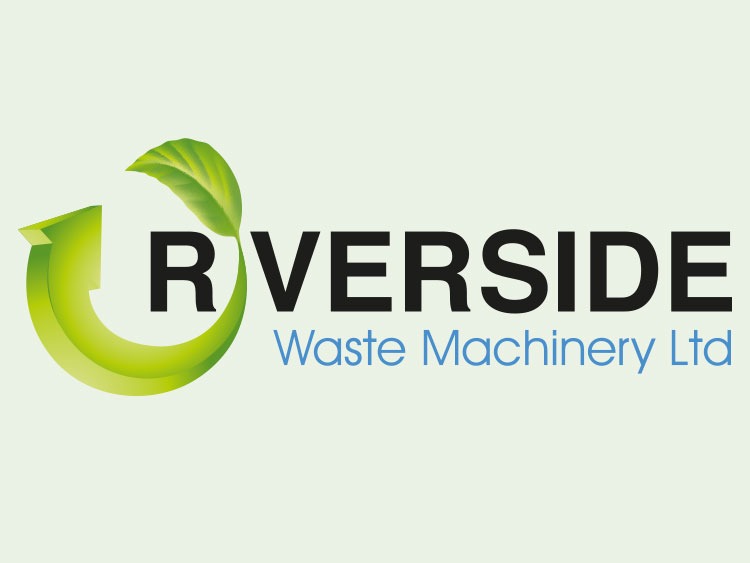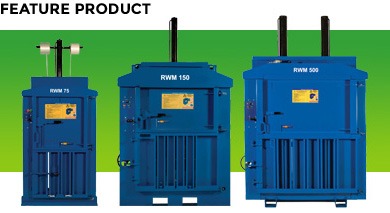There are a few things the waste and recycling industry knows for certain in 2015.
New rules stipulating the separate collection of paper, plastics, metals and glass for recycling – where technically, environmentally and economically practicable (TEEP) – came into force this month. January 1st heralded the start of the requirement for England, Wales and Northern Ireland, following revisions to the EU Waste Framework Directive. When the approach will be mirrored for C&I waste producers, nobody knows. But this much-anticipated step-change has now begun for households and local authorities.
MRF Code of Practice (CoP) reporting has also commenced this month. Designed to heighten the quality of comingled recycling collections and MRF outputs, this should drive positive improvements throughout the collection of household and C&I waste. I suppose we must wait and see what the impact will be.
And whilst nobody can say what exact progress will be made in relation to the careless use of lightweight throwaway carrier bags, we will no doubt see some movement following publication of the new EU Directive which calls for reduction in their consumption, by 2025. Member states have the option to: impose a plastic bag reduction target of 90 bags per person per year by 2019, and then 40 bags by 2025; introduce a levy on carrier bags by 2018; or ban the bags outright. The UK’s stance on this seems somewhat cloudy, so again we must monitor further developments, in this respect.
However, one area of the industry where there appears to be a much greater deal of uncertainty at present, is the circular economy. This concept has been talked about, if not hyped, for many years. In fact, this process of resource preservation has been around for thousands of years – after all, ancient civilisations would smelt down metal pots and knives once they had served their purpose, in order to make new items.
Fast forward to the present day, and the drive for the circular economy has been spurred by the EU’s need to better protect the environment, heighten resource security, create jobs and initiate greater economic robustness, and so on. So why, at a time when signs of real commitment to the circular economy package were being evidenced, has the European Commission announced plans to scrap it?
The apparent uproar throughout the industry has perhaps been slightly appeased for the time being, as EC vice president Frans Timmerman has claimed the package will be reviewed and a more ambitious strategy re-launched later in the year. But not everyone has faith in what will emerge. Quite frankly, the communications yo-yo has left many waste, recycling, energy and environment professionals fairly bewildered.
The Riverside team will be monitoring further announcements from the commission, and we may even pen a few thoughts for one of the trade journals ourselves, because, ultimately, whatever guise the circular economy takes at EC level, we must remain committed to the principles that underpin it.






